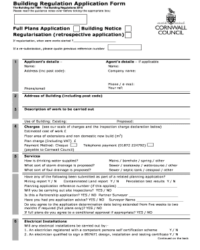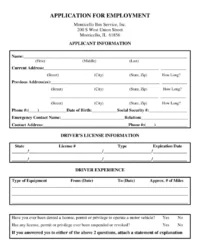Utilizing such a structure streamlines the development process, enabling faster deployment of logistics solutions. This accelerated development cycle allows businesses to adapt quickly to changing market demands and improve operational efficiency. Standardized features also promote better integration with existing systems and enhance data consistency across the organization.
This foundational knowledge regarding structured frameworks for trucking logistics software is essential for understanding the subsequent discussion on specific features, implementation strategies, and best practices within the field.
Key Components of a Trucking Logistics Software Framework
Effective trucking logistics software relies on several core components working in concert. These components provide the foundational structure for managing various aspects of transportation operations.
1: Dispatch Management: This module facilitates order creation, driver assignment, and communication between dispatchers and drivers. Real-time updates on delivery status and potential delays are crucial elements.
2: Route Optimization: Efficient routing algorithms minimize fuel consumption and delivery times by considering factors such as traffic conditions, road closures, and vehicle capacity.
3: GPS Tracking and Telematics: Real-time vehicle location tracking enhances visibility and security, enabling proactive monitoring of driver behavior and vehicle performance. Integration with telematics systems provides data on fuel efficiency, speed, and engine diagnostics.
4: Driver Management: This component handles driver profiles, including hours of service logs, licensing information, and performance metrics. It ensures compliance with regulations and facilitates efficient driver scheduling.
5: Billing and Invoicing: Automated billing and invoicing features streamline payment processing and reduce administrative overhead. Integration with accounting systems ensures accurate financial record-keeping.
6: Reporting and Analytics: Data analysis tools provide insights into key performance indicators (KPIs) such as on-time delivery rates, fuel consumption, and driver performance. These insights support data-driven decision-making and continuous improvement.
7: Integration Capabilities: Seamless integration with existing enterprise resource planning (ERP) and customer relationship management (CRM) systems ensures data consistency and streamlines workflows.
These integrated components form a robust system for managing the complexities of modern trucking operations, from order placement to final delivery and billing.
How to Create a Truck Transport Application Template
Developing a robust template for truck transport applications requires a structured approach encompassing key functional areas and considerations. This process involves careful planning and execution across several critical stages.
1: Define Scope and Requirements: Clearly outline the specific functionalities needed, including dispatching, routing, tracking, and reporting. Consider the size and complexity of the transport operations, as well as any specific regulatory requirements.
2: Choose a Development Platform: Select an appropriate development platform based on technical expertise and budget constraints. Options include building from scratch using programming languages or leveraging existing software frameworks and APIs.
3: Design the User Interface (UI) and User Experience (UX): Prioritize a user-friendly interface that is intuitive and easy to navigate. Consider the needs of different user roles, such as dispatchers, drivers, and administrators.
4: Develop Core Modules: Implement the essential modules identified in the requirements gathering phase. Ensure seamless integration between modules for efficient data flow and communication.
5: Implement Tracking and Telematics Integration: Integrate GPS tracking and telematics functionalities for real-time visibility into vehicle location, driver behavior, and vehicle performance.
6: Incorporate Reporting and Analytics: Include reporting and analytics capabilities to provide insights into key performance indicators (KPIs) and support data-driven decision-making.
7: Test and Refine: Conduct thorough testing to identify and address any bugs or usability issues. Gather feedback from users and iterate on the design and functionality based on real-world usage.
8: Deployment and Maintenance: Deploy the application and provide ongoing maintenance and support to ensure optimal performance and address any emerging needs or issues.
By following these steps, a well-structured and effective template can be created, enabling efficient management of trucking logistics and supporting informed decision-making.
A well-designed truck transport application template provides a crucial foundation for efficient logistics management within the trucking industry. By incorporating key modules for dispatching, routing, tracking, driver management, billing, and reporting, these templates enable organizations to streamline operations, reduce costs, and improve overall performance. Leveraging a standardized framework facilitates faster development and deployment, enabling companies to adapt quickly to evolving market demands and maintain a competitive edge.
The strategic implementation of such frameworks offers significant potential for transforming trucking logistics, paving the way for greater efficiency, transparency, and data-driven decision-making. Continued advancements in technology and data analytics will further enhance these templates, driving innovation and shaping the future of transportation management.


